Aggressive
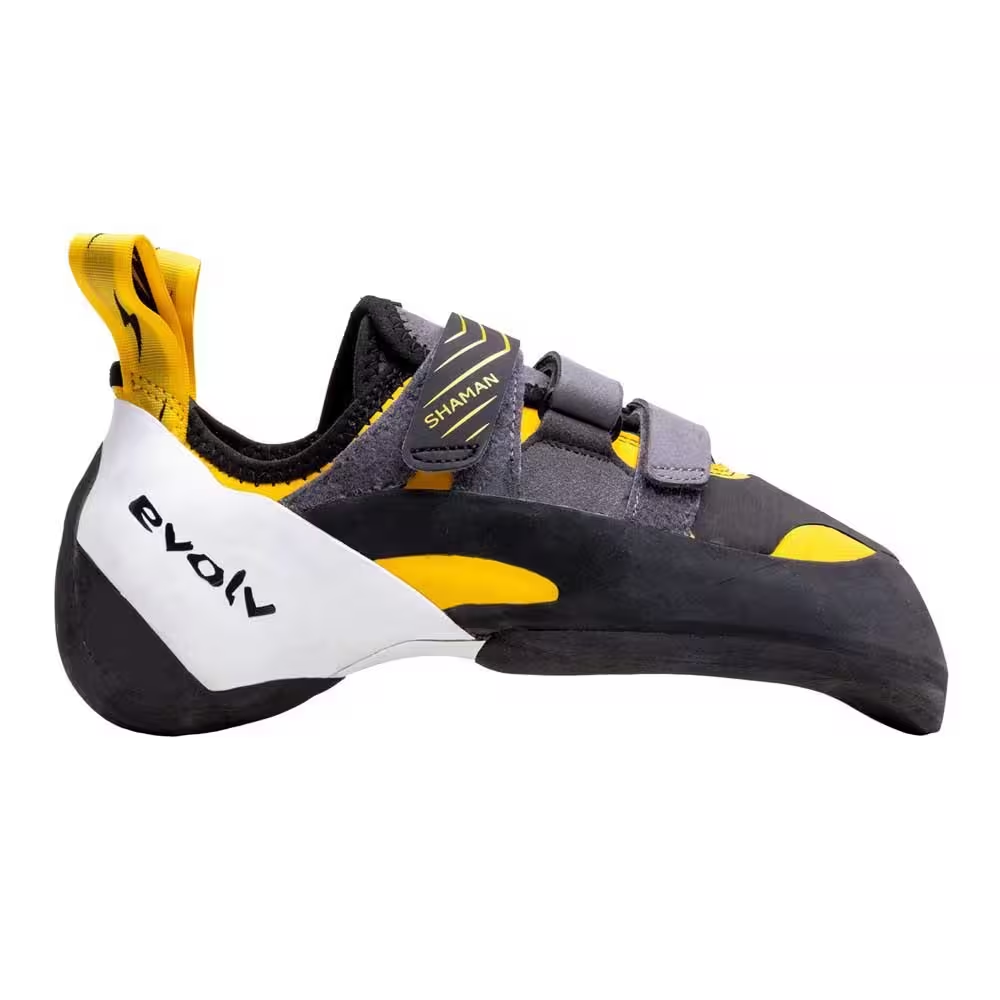
Aggressive shoes are built to excel on small footholds and overhung routes. The sharp downturn of the shoe acts as a hook, forcing more pressure into the very tip of the toe box allowing climbers to stand on smaller holds while maintaining the shape of the shoe. These types of shoes are generally considered to be for more advanced climbers and are very popular in the bouldering community.
Moderate
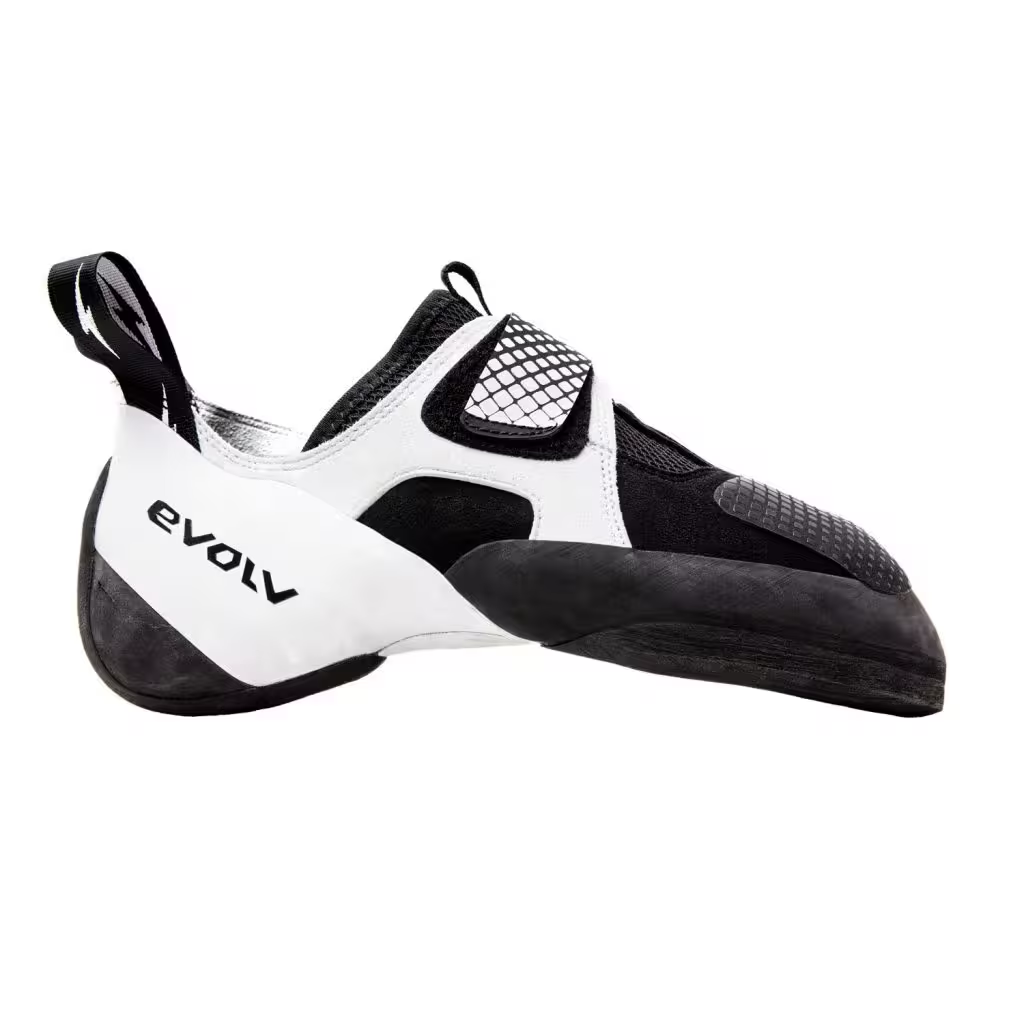
Moderate shoes are built to be comfortable on small holds and overhung routes. They are typically designed for climbers who want a mix between an aggressive shoe and a neutral shoe. Although they have a lesser downturn in the toe box, many moderate shoes can outperform aggressive shoes on climbs that require smearing or larger areas of contact. Many sport climbers and boulderers alike choose this shoe as a jack of all trades.
Neutral
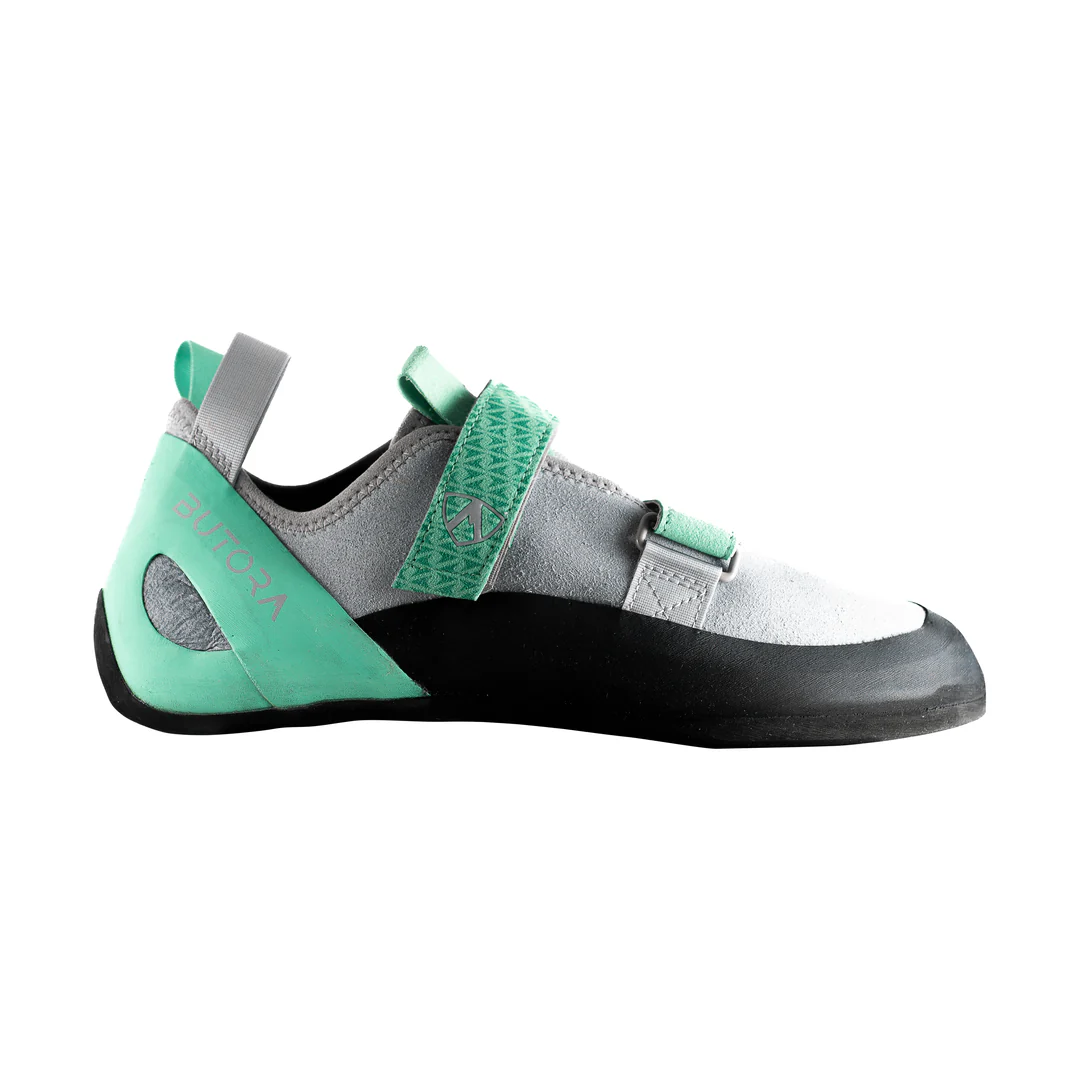
Neutral shoes are built to be comfortable and are a great entry point for beginners. The lack of downturn in the toe box means that they will have a harder time on overhung routes, but makes up for it where large areas of contact are required. They are typically designed for smearing, multipitch, and larger footholds. Despite their popularity with beginner climbers, they can also perform at high levels and are especially effective at smearing.
Years of technology has gone into developing the best possible rubbers for climbing shoes. The rubber is what provides the shoe with the grip climbers need to stand on tiny holds without slipping. Every company has designed their own rubber compounds for climbing shoes all with different pros and cons. In general, brands try to balance the stickiness and durability of the rubber. Soft rubbers tending to be less durable but more sticky and hard rubbers tending to be more durable but less sticky. Below is a list of some of the most popular rubbers from different brands.

An improvement on Vibram's popular XS Grip rubber and one of the softest and stickiest rubbers on the market.

Vibram's stiffer rubber designed for multipitch and slab routes providing excellent foot support.
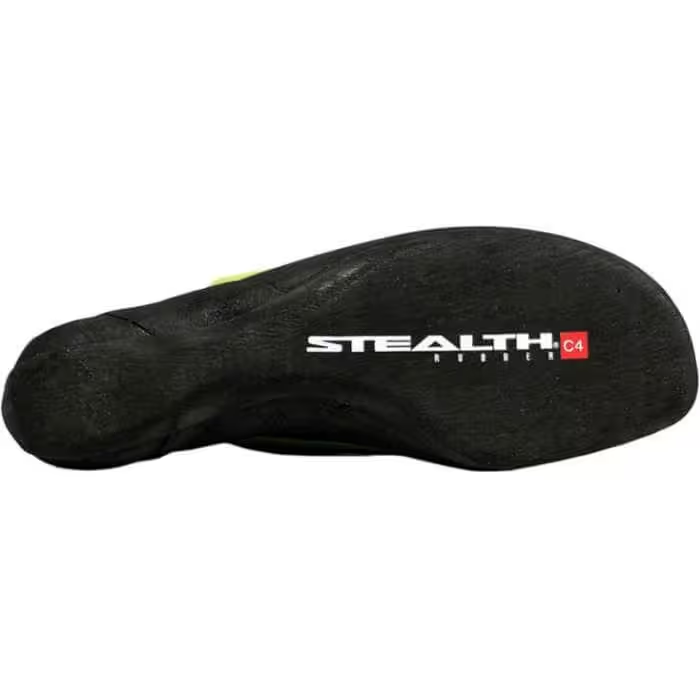
Originally designed by 5.10, Stealth C4 is widely acclaimed for its stickiness as one of the best rubbers.
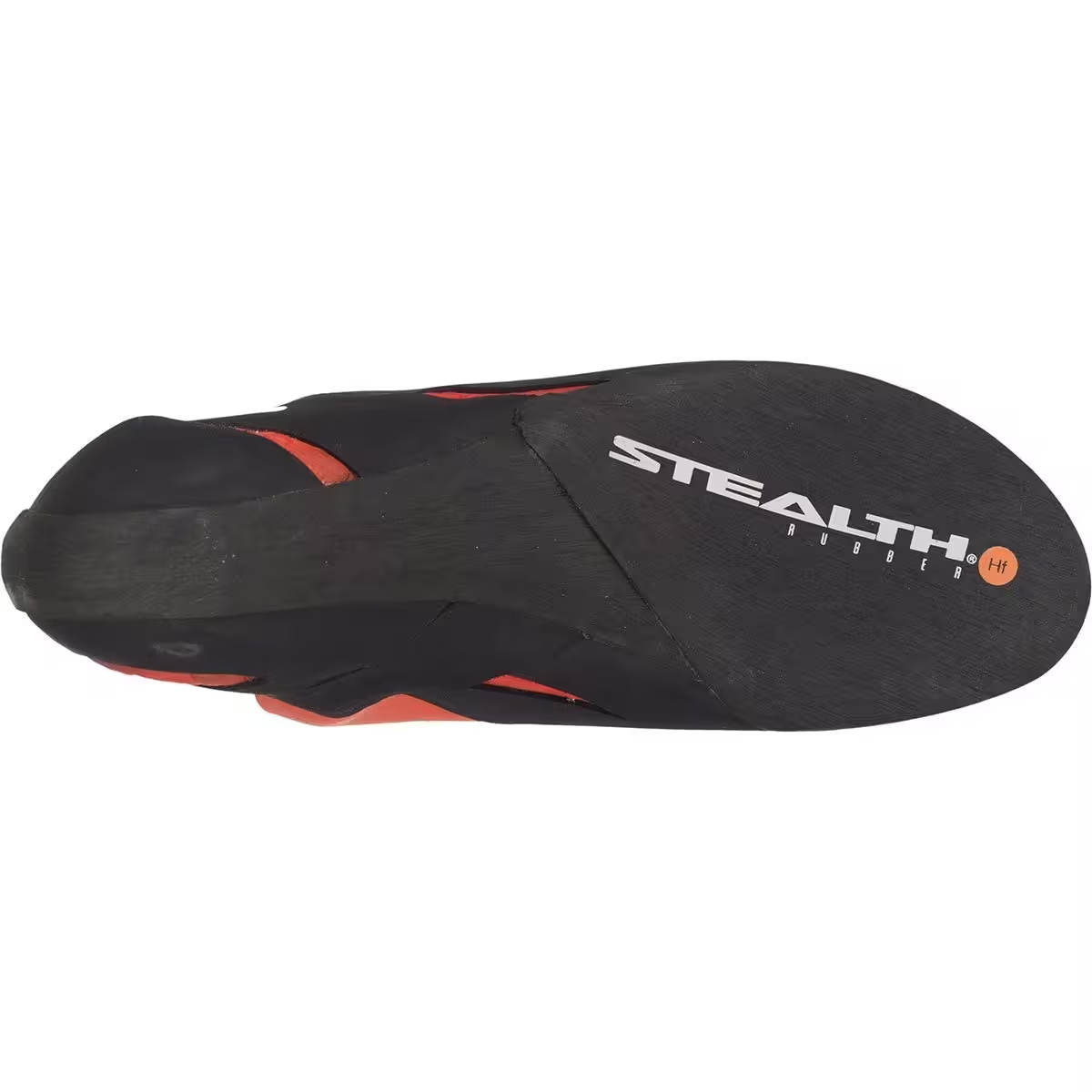
5.10's Stealth HF is a high performance sticky rubber found on competitive indoor climbing shoes.
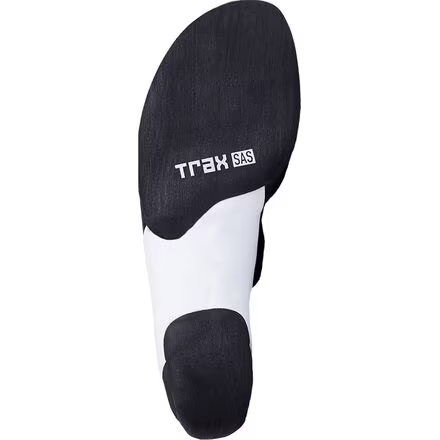
Although Trax is not as popular as Vibram and 5.10, Trax SAS is one of the stickiest and most durable rubbers on the market.
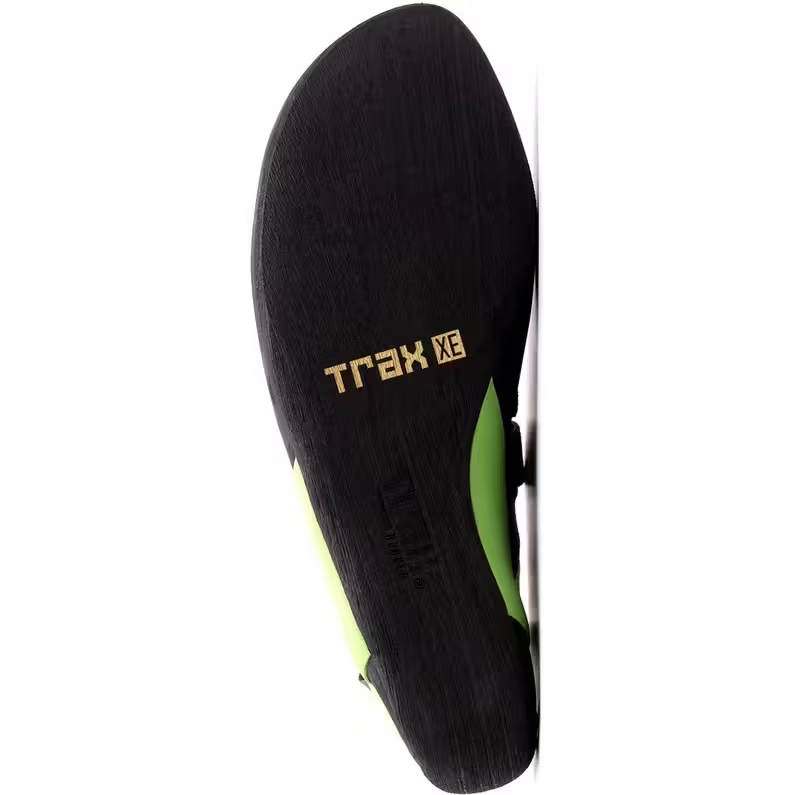
Although the Trax XE may be lacking in stickiness, this rubber makes up for it in durability and edging capability.
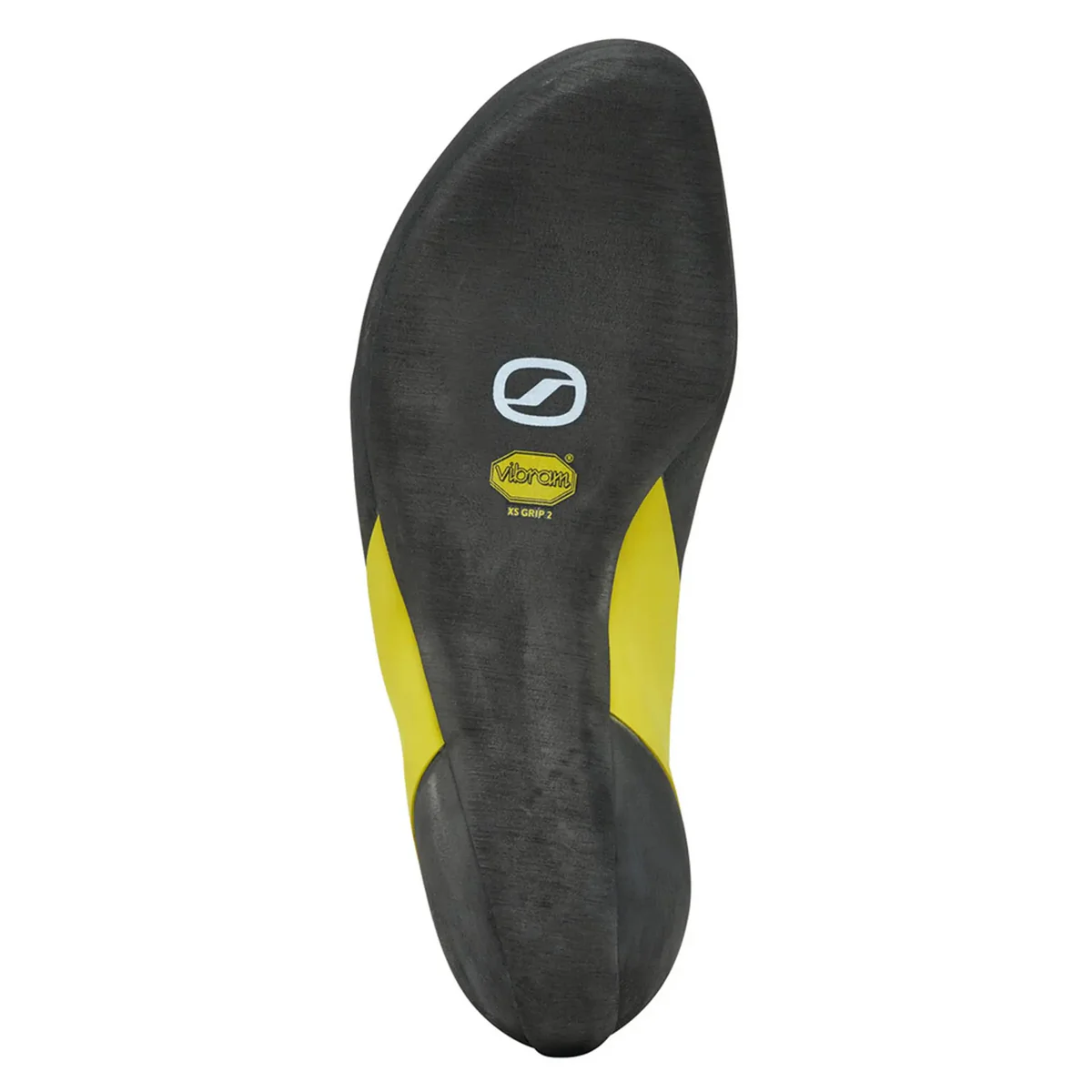
A single-piece rubber sole on a climbing shoe enhances sensitivity by allowing climbers to feel the rock or wall more accurately, which is critical for precise foot placements and techniques like smearing and edging. It also improves traction since there are no gaps in the rubber, ensuring consistent contact with the surface for better grip. Additionally, this design increases durability by evenly distributing pressure, reducing wear and the likelihood of the sole separating over time. These benefits make single-piece soles ideal for performance-oriented climbing shoes, especially for advanced climbers.
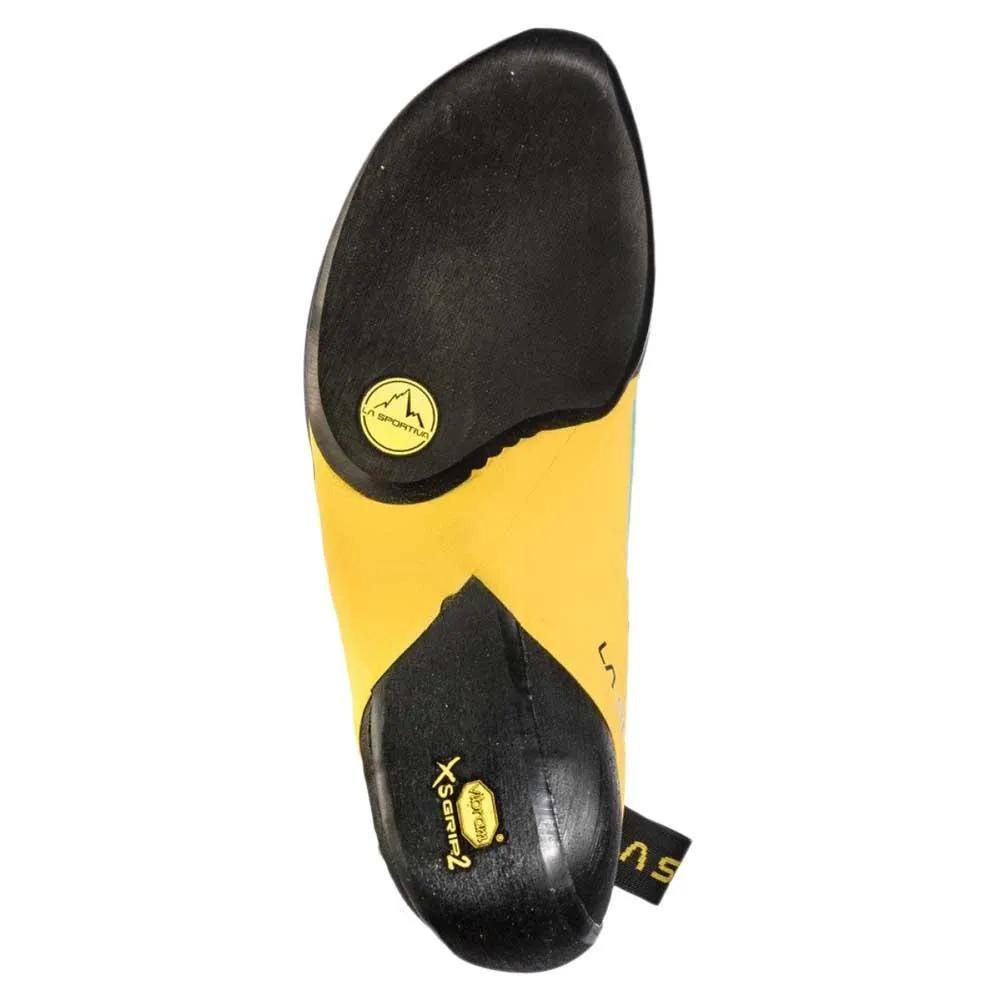
A double-piece rubber sole on a climbing shoe provides targeted performance by allowing for different rubber densities or textures on the toe and heel. This design can enhance grip and durability where it's needed most, such as on the front for precise edging and on the heel for hooking. The separation also increases flexibility, as the shoe can better accommodate movement and natural foot flexion. For climbers who engage in a variety of climbing styles, this design balances sensitivity with durability, making it a versatile option for both steep bouldering and technical routes.
Synthetic Upper
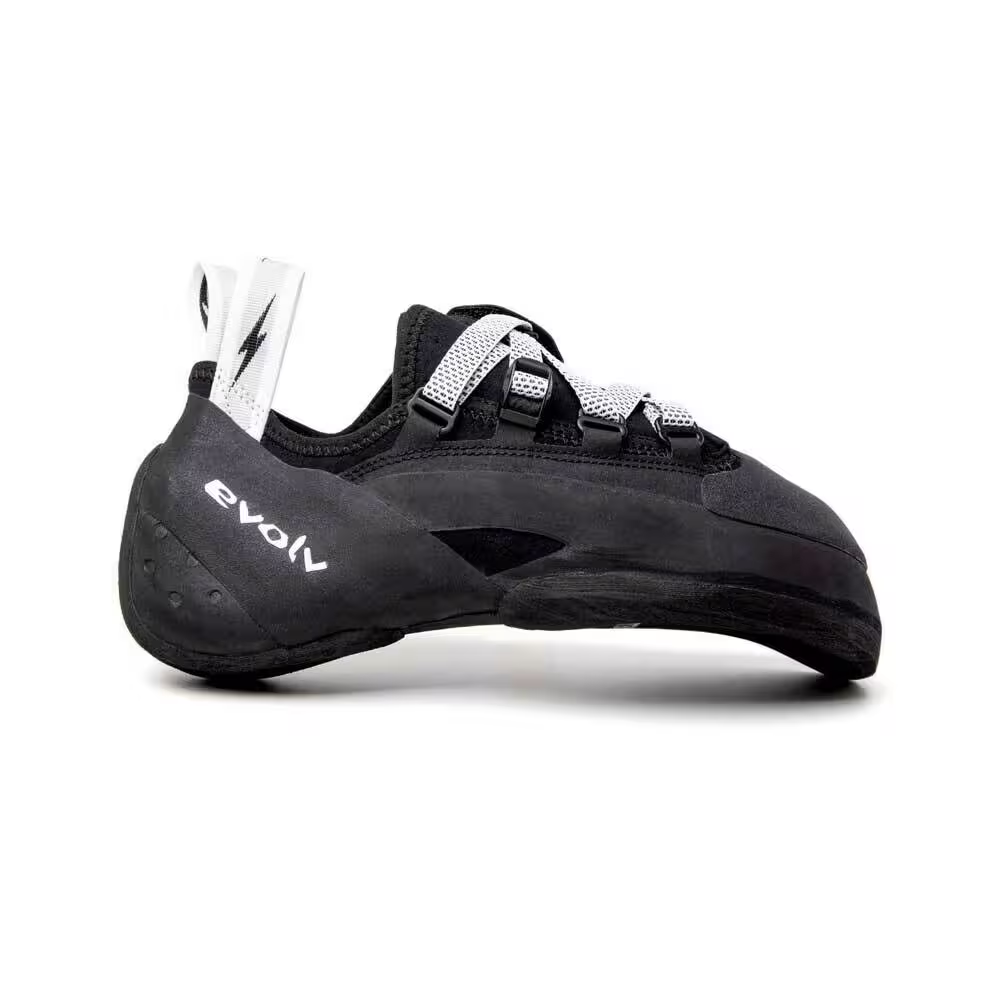
Synthetic uppers on climbing shoes provide a snug, consistent fit as they resist stretching, ensuring long-term precision. They're also lighter, more breathable, and dry faster than leather, making them ideal for varied climbing conditions. Additionally, synthetic materials are often eco-friendly, as many are made from recycled sources.
Leather Upper
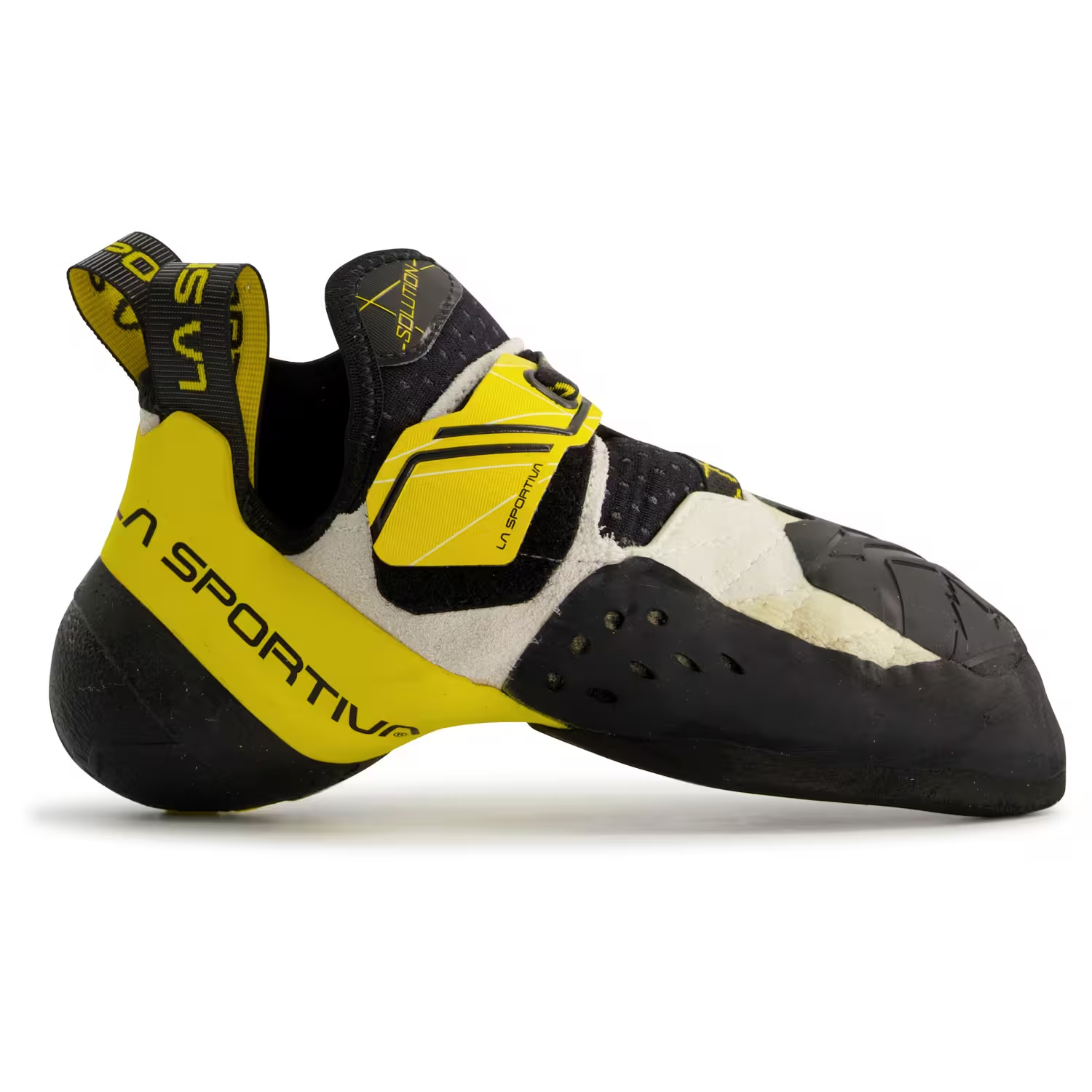
Leather uppers on climbing shoes offer excellent stretch and mold to the foot over time, providing a customized, comfortable fit. They are highly durable and breathable, making them ideal for long, multi-pitch routes or extended use. While they require more break-in time, leather shoes conform to foot shape better than synthetic options, delivering long-term comfort and performance.